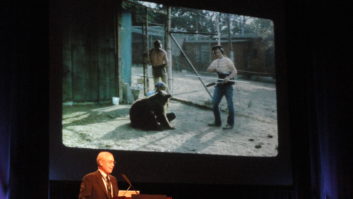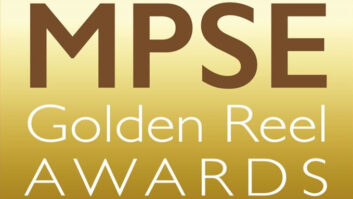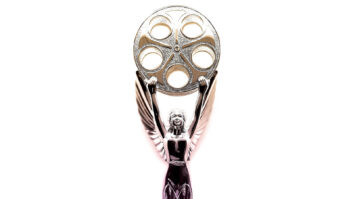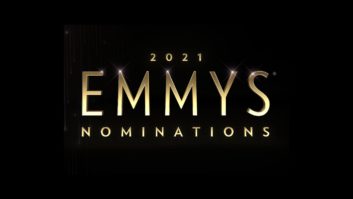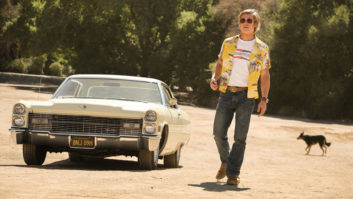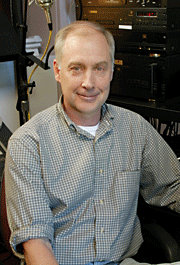

In 1980, while at USC film school, I tried to be Ben Burtt. I was creating sounds for a student film about a TV game show and didn’t want to use a synthesizer because I heard how for Star Wars Ben Burtt made those cool sound effects from real sounds. And I wanted to be cool. But I couldn’t for the life of me figure out how he did it, and in the end resorted to a synthesizer. Soon after, my sound career began when Lucasfilm called USC asking for “another Ben Burtt.” Luckily, they didn’t know how badly I had already failed at that. Years later, for Star Wars: Episode I, I was amazed when Ben made a video screen sound effect in the style of Flash Gordon by recording my wife playing her flute. Ben combines an aficionado’s knowledge of film history with a knack for twisting real sounds into fantastic ones. After 25 years of working with him, I’ve learned that there never will be another Ben Burtt.
— Gary Rydstrom, Oscar-winning sound designer, Pixar director

BEN BURTT ON SOUND DESIGN FOR EPISODE II
“I call Matt Wood the ‘digital architect,’ and he only reluctantly takes on that term privately. I rely on him to keep me up with the technological present or future. [When we were starting work on Episode II], we were unable to get the support from the [New England Digital] Synclavier that we wanted, and the files did not interface comfortably with the rest of our system. Matt wanted me to get off of it and “update myself” to Sample Cell. I could essentially do the same things I did with the Synclavier, but simpler. This was especially true for taking sounds from Pro Tools into Sample Cell and then back into the Pro Tools session. We used to have to digitize them into the NED format, and if I made a sequence or made loops, we had to use S-Link to translate over and batch-digitize.
“The Synclavier was a performance-based instrument–I would put samples on the keys and then play with it. Coming from an older sound design and technical school, I don’t like to think out ahead of time that I want a sound to have this amount of delay, in that kind of an echo chamber. I just want to touch something, hear it, and react. A large part of the sound design job is making the right choice of a sound, and not really your technical knowledge. I like accidents and spontaneity, and I pick takes out of my performances that often lead to new ideas that I wouldn’t have been able to objectively reason out ahead of time. It’s a very subjective process for me.
“I may have a sound I recorded that I need to digitize from an original DAT. I may want to make samples out of pieces of it and play with it. Try it on the keyboard in different pitches, chop it up with the modulator on the keyboard and listen to it. Try it with different plug-in settings that I’ve made in Pro Tools. I don’t want to stop and think about how I’m going to do it–I just want to be able to synthesize with it as spontaneously as I can. To me, that’s the most direct and satisfying creative process. Out of those experiments or performances, I can select what’s good.
“Often, I’ll start out in the morning intending to make the sound of a certain vehicle pass-by in the film. As I experiment, I’ll come up with different sounds that I realize will work for something completely different–a door that I need in reel 11, say.
“From a strict library standpoint, I entered about 600 sounds in the library for this film. At the end of the film I make sure that everything that I’ve made, even outtakes, is given a name and label, so on the next Star Wars film I can access a database of everything that was done. That’s where I’ll pick up and start on the next one.”
